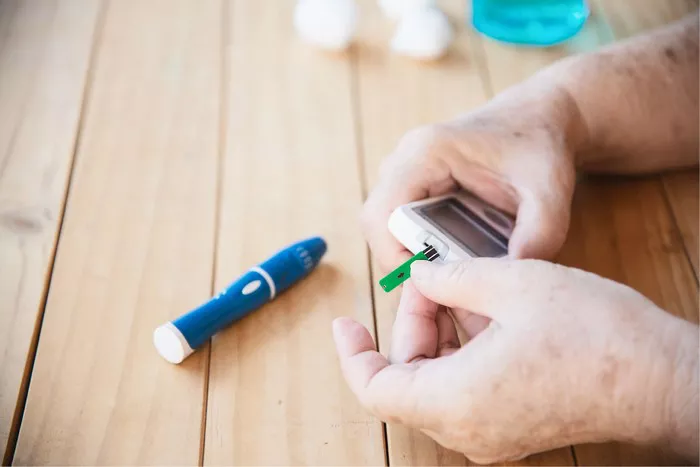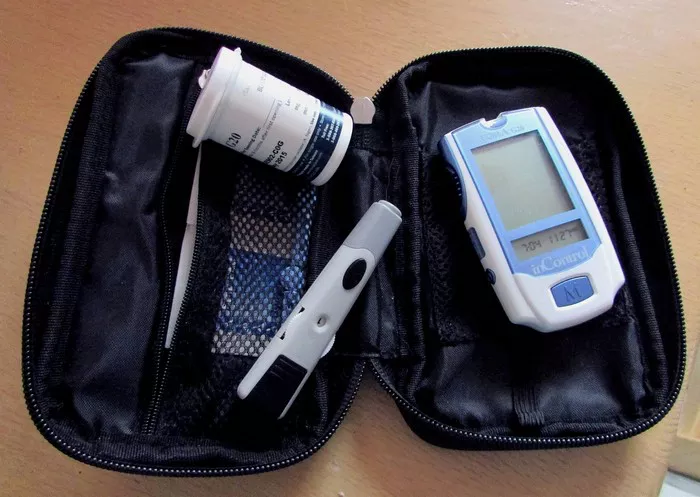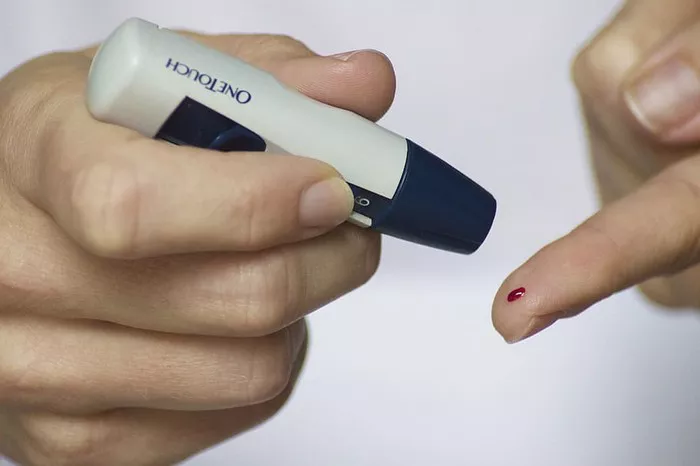The Oral Glucose Tolerance Test (OGTT) is a diagnostic tool used to assess glucose metabolism and detect abnormalities that may indicate prediabetes or diabetes. In this article, we will explore what the OGTT entails, normal values for blood glucose levels at fasting and after consuming a glucose solution, interpreting test results, thresholds for prediabetes and diabetes, factors influencing results, follow-up actions, and frequently asked questions regarding the OGTT.
What Is OGTT?
The OGTT involves drinking a glucose solution, typically containing 75 grams of glucose dissolved in water, followed by blood glucose measurements at specific intervals. The test is performed after an overnight fast to ensure accurate results. Blood samples are taken at baseline (fasting) and at intervals, usually one, two, and three hours after ingesting the glucose solution, to assess how the body responds to the glucose load.
Normal OGTT Values
For a non-pregnant individual, normal blood glucose values during the OGTT are typically as follows:
Fasting: Less than 95 mg/dL
After one hour: Less than 180 mg/dL
After two hours: Less than 155 mg/dL
After three hours: Less than 140 mg/dL
Interpreting OGTT Results:
Interpreting OGTT results involves analyzing blood glucose levels at different time points to evaluate glucose metabolism. A rise in blood sugar levels after consuming the glucose solution followed by a gradual decline to normal levels indicates normal glucose metabolism. Elevated or prolonged elevation of blood glucose levels may suggest impaired glucose tolerance, prediabetes, or diabetes.
Prediabetes and Diabetes Thresholds
For diagnosing conditions like prediabetes or diabetes, the two-hour value during the OGTT is particularly important. A blood glucose level less than 140 mg/dL (7.8 mmol/L) two hours after consuming the glucose solution is considered normal. Levels between 140 mg/dL to 199 mg/dL (7.8 to 11.1 mmol/L) may indicate impaired glucose tolerance, while a level of 200 mg/dL (11.1 mmol/L) or higher could suggest diabetes.
Factors Influencing Results
Several factors can influence OGTT results, potentially affecting the accuracy of the test. Diet, physical activity, stress, medications (such as corticosteroids or beta-blockers), and certain medical conditions (such as liver disease or hormonal disorders) can all impact glucose metabolism and alter test outcomes. It is essential to discuss any relevant factors with healthcare providers before undergoing the OGTT.
Follow-up Actions
If OGTT results indicate impaired glucose tolerance, prediabetes, or diabetes, follow-up actions may include further diagnostic testing, such as fasting plasma glucose (FPG) or hemoglobin A1c (HbA1c) tests, to confirm the diagnosis. Healthcare providers may recommend lifestyle modifications, such as dietary changes, regular exercise, weight management, and, in some cases, medication therapy to improve glucose control and reduce the risk of complications.
FAQs
What should I eat before the OGTT?
Can I drink water during the test?
How long does the OGTT take?
Are there any risks associated with the OGTT?
What if I vomit during the test?
Conclusion
The Oral Glucose Tolerance Test (OGTT) is a valuable diagnostic tool used to evaluate glucose metabolism and detect abnormalities that may indicate prediabetes or diabetes. By understanding the test procedure, normal values, interpretation of results, thresholds for prediabetes and diabetes, influencing factors, and follow-up actions, individuals can take proactive steps to manage their glucose levels effectively and maintain optimal health. Consulting with healthcare providers and adhering to recommended guidelines can help individuals navigate the OGTT process and make informed decisions about their health and well-being.
Related Topics:
What Is Borderline Gestational Diabetes?
























